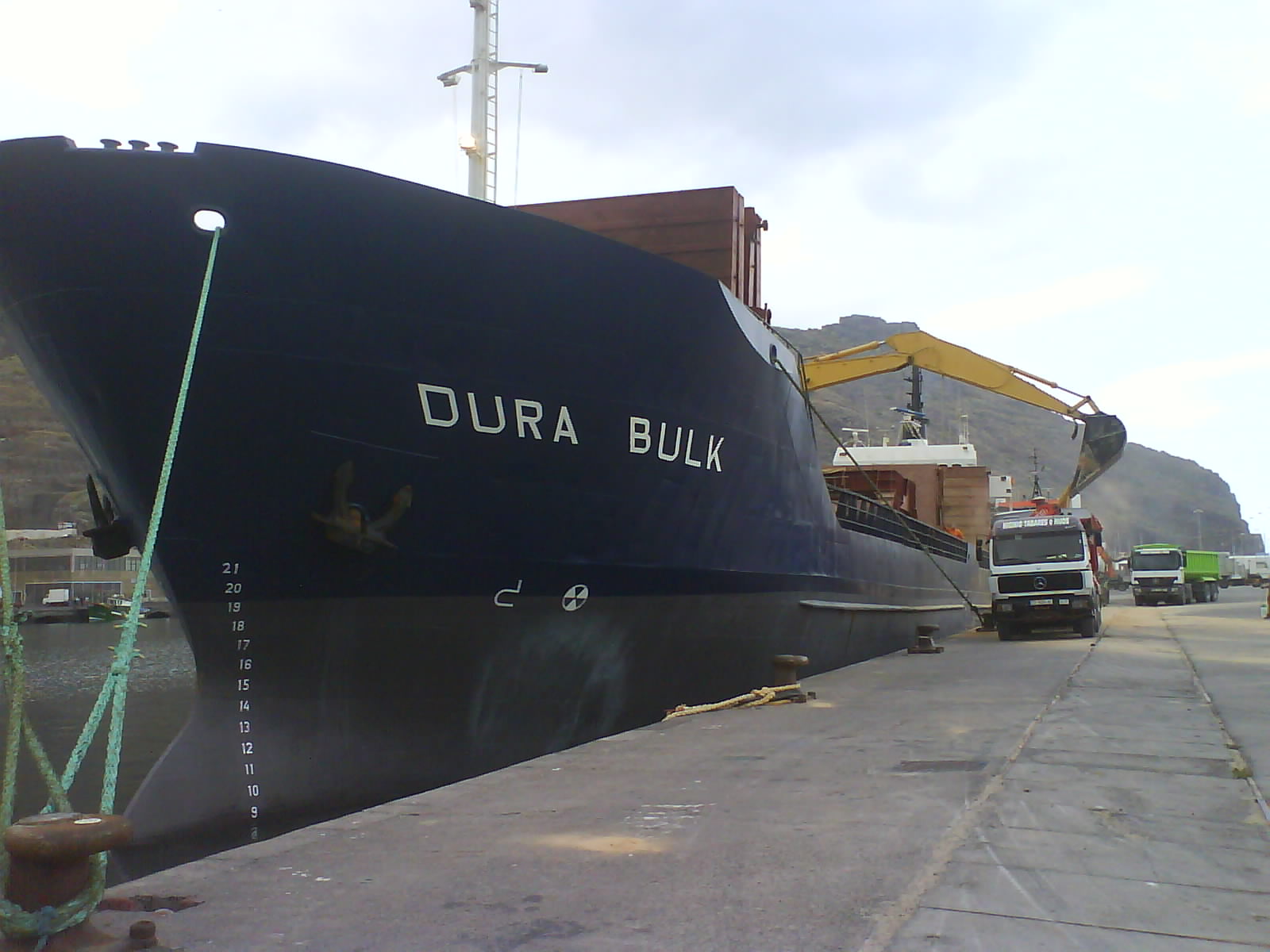I’m all for a beautiful white, sandy beach; after all, it is the stuff of postcards, and the kind of image that one dreams about during those cold, wet and rainy days in the UK. I now live in a Gran Canarian village that can only offer black sand on its small, secluded beach. We live on a small volcanic island and the geology of the area dictates the colour of the sand. In contrast, the nearby Maspalomas Dunes, which offers a wonderful, ever changing landscape of shifting near-white sand, is again due to the geological make up of that part of the island. Sadly, not all beaches come supplied with white sand, and that is just the way it is.
We have recently returned from a visit to one of our favourite islands, Fuerteventura. Anyone who has visited this unique island will have noticed the many kilometres of brilliant white sand, set against a stunning blue sea and sky on the outskirts of the bustling tourist resort of Correlejo. This beautiful area is a protected natural park, and is a delight to the eye, as well as being a photographer’s paradise. In addition to admiring the white sand, tourists can also enjoy kite and wind surfing and all manner of seaborne activities. If all else fails, nothing beats an afternoon of relaxation well away from the crowds on a near deserted, beautiful beach.
The temptation to provide a white sandy beach to attract tourists is the reason why one of the timeshare companies in Gran Canaria has decided to transform what some may see as a rather dull, pebbly traditional Canarian cove into one of white sand, no doubt to match the blue sea and sky that many holidaymakers dream about. Despite nearly 25 years of protests from locals and environmentalists, permission has finally been granted and the traditional pebbly beach has now been transformed into a gleaming mass of white sand, which has been paid for by the timeshare company.
The only problem with trying to create a white sandy beach close to this timeshare mecca is that there is no gleaming white sand available locally. Therefore, 70,000 tonnes of Saharan sand were purchased and imported from the Western Sahara. Sadly, it now appears that the sand was all but ‘stolen’ from the displaced people of the Western Sahara; the Sahawari people claim that they were not consulted, and that their natural resources were taken from them without compensation or their permission.
Recently, Saharawi representatives arrived in the Canary Islands to complain that the act of removing the sand was both illegal and criminal, since it belonged to the Saharawi people who were removed from the area by the Moroccan army after Spain abandoned its former colony some 40 years ago.
Environmentalists have consistently warned of the dangers of transporting sand from other regions, since it brings with it the risk of importing non-indigenous species of life into the area, with unknown and unforeseen consequences. We also know from similar experiments on the island that moving sand in this way has caused tortoises, turtles, lizards and many other creatures to be destroyed in the process of sucking up sand for transportation. Has anyone also considered the implications of shifting large quantities of ‘alien’ sand upon other environmentally sensitive areas along the coastline?
Meanwhile, the timeshare company has plans to develop the site even further by adding a marina and several hotels offering five-star quality with a combined capacity of around 7500 beds. These plans are accompanied by the usual fine words of promise to create more jobs and prosperity for local people, which in reality it rarely does in the long term, since profits are quickly sucked out of the islands and into the coffers of large international conglomerates. It is a project that is unashamedly designed to transform a natural area into a tourist mecca, which indeed it will.
In these times when the price of everything is fully costed, but true value is ignored, there seems to have been little consideration of the environmental costs and impact that such a development will cause. The planners and suits have spoken, so I guess that we will just have to get used to the wilful destruction of yet another part of our beautiful island, even though a white sandy beach does look rather pretty.
I’m just off to the black sand on our small village beach for a swim. It may be black, but at least I know that it is environmentally friendly.
If you enjoyed this article, take a look at Barrie’s websites: www.barriemahoney.com and www.thecanaryislander.com or read his book, ‘Island in the Sun’ (ISBN: 9780992767181). Available in paperback, as well as Kindle.
© Barrie Mahoney





